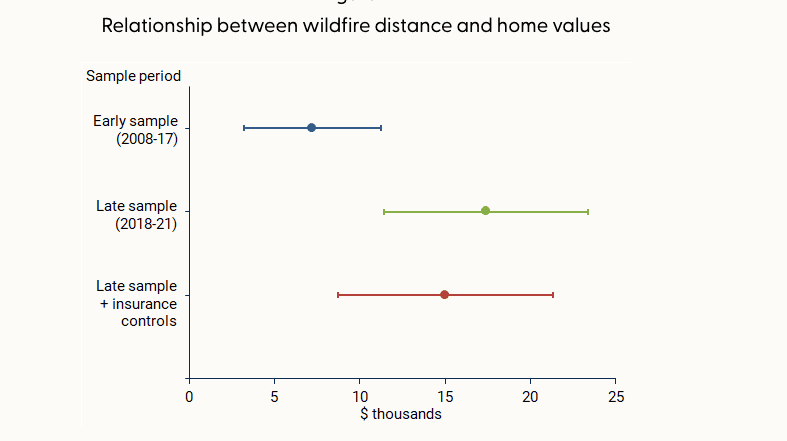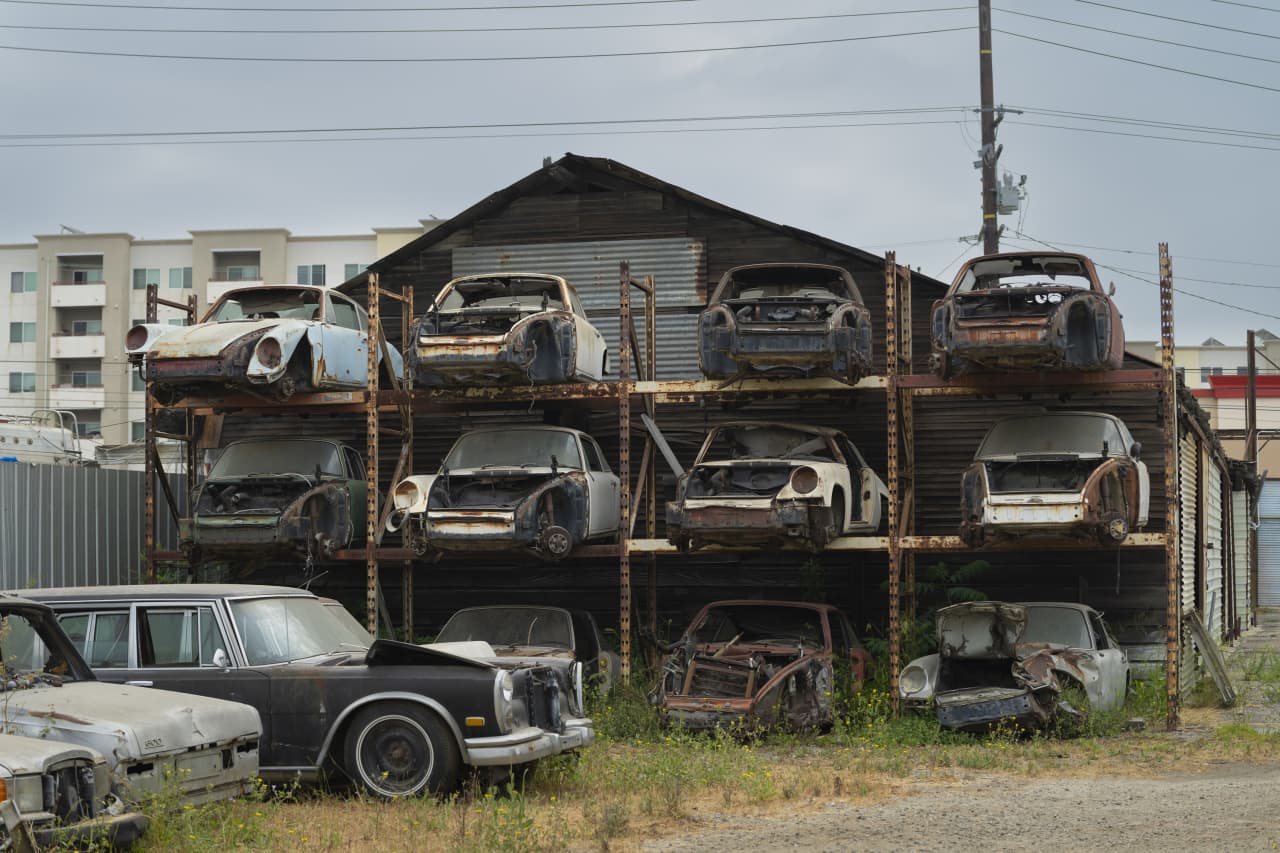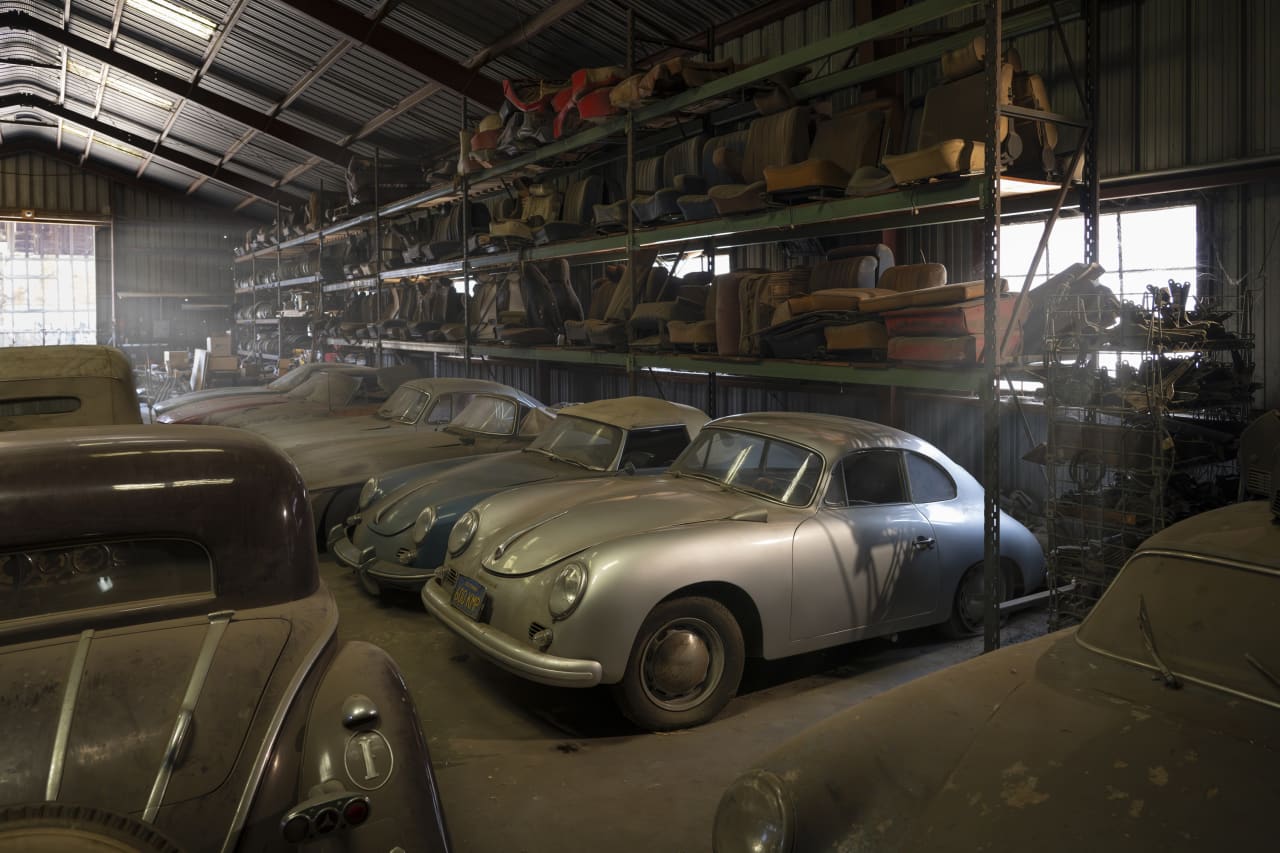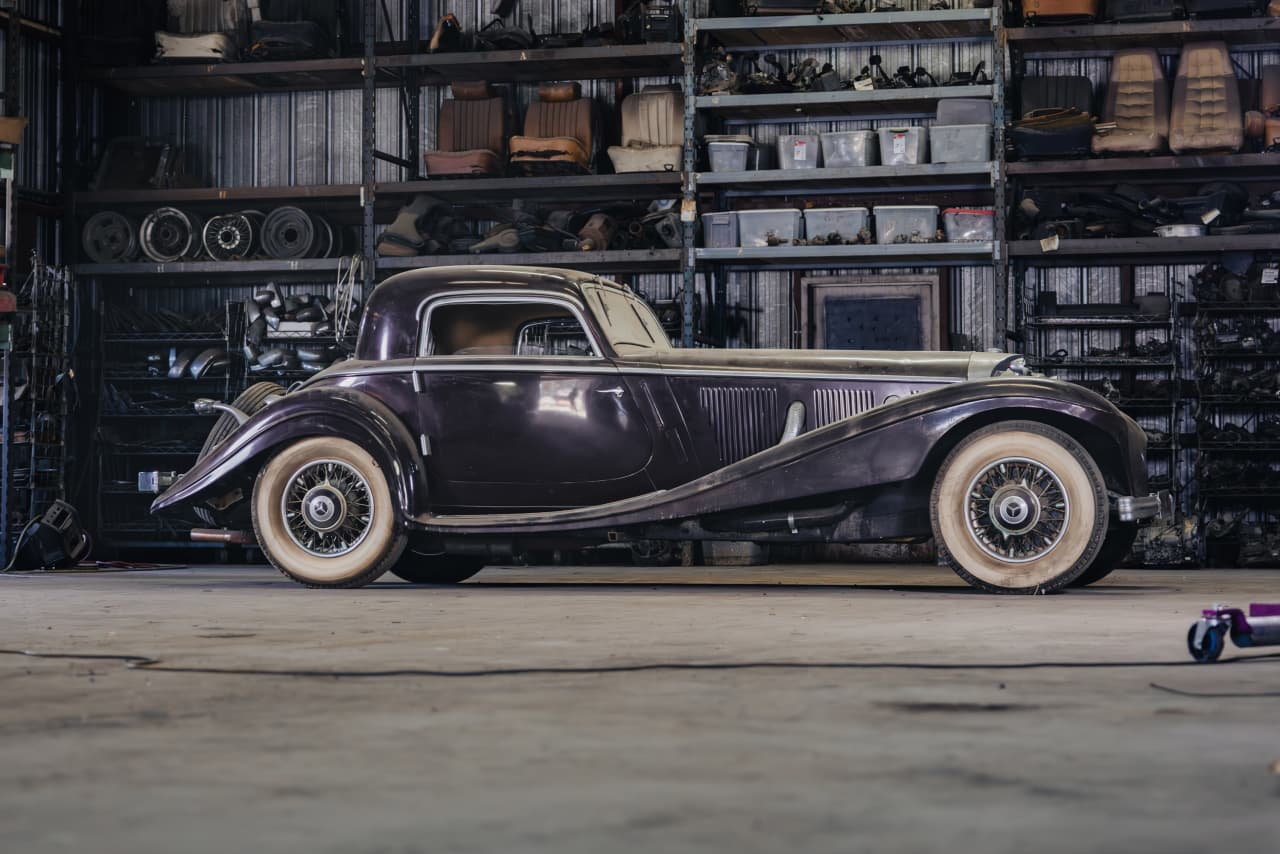Chronic Wildfires Are Impacting California Home Values
Report by the San Francisco Fed shows small increase in premiums for properties further away from the sites of recent fires
Report by the San Francisco Fed shows small increase in premiums for properties further away from the sites of recent fires
Wildfires in California have grown more frequent and more catastrophic in recent years, and that’s beginning to reflect in home values, according to a report by the San Francisco Fed released Monday.
The effect on home values has grown over time, and does not appear to be offset by access to insurance. However, “being farther from past fires is associated with a boost in home value of about 2% for homes of average value,” the report said.
In the decade between 2010 and 2020, wildfires lashed 715,000 acres per year on average in California, 81% more than the 1990s. At the same time, the fires destroyed more than 10 times as many structures, with over 4,000 per year damaged by fire in the 2010s, compared with 355 in the 1990s, according to data from the United States Department of Agriculture cited by the report.
That was due in part to a number of particularly large and destructive fires in 2017 and 2018, such as the Camp and Tubbs fires, as well the number of homes built in areas vulnerable to wildfires, per the USDA account.
The Camp fire in 2018 was the most damaging in California by a wide margin, destroying over 18,000 structures, though it wasn’t even in the top 20 of the state’s largest fires by acreage. The Mendocino Complex fire earlier that same year was the largest ever at the time, in terms of area, but has since been eclipsed by even larger fires in 2020 and 2021.
As the threat of wildfires becomes more prevalent, the downward effect on home values has increased. The study compared how wildfires impacted home values before and after 2017, and found that in the latter period studied—from 2018 and 2021—homes farther from a recent wildfire earned a premium of roughly $15,000 to $20,000 over similar homes, about $10,000 more than prior to 2017.

The effect was especially pronounced in the mountainous areas around Los Angeles and the Sierra Nevada mountains, since they were closer to where wildfires burned, per the report.
The study also checked whether insurance was enough to offset the hit to values, but found its effect negligible. That was true for both public and private insurance options, even though private options provide broader coverage than the state’s FAIR Plan, which acts as an insurer of last resort and provides coverage for the structure only, not its contents or other types of damages covered by typical homeowners insurance.
“While having insurance can help mitigate some of the costs associated with fire episodes, our results suggest that insurance does little to improve the adverse effects on property values,” the report said.
While wildfires affect homes across the spectrum of values, many luxury homes in California tend to be located in areas particularly vulnerable to the threat of fire.
“From my experience, the high-end homes tend to be up in the hills,” said Ari Weintrub, a real estate agent with Sotheby’s in Los Angeles. “It’s up and removed from down below.”
That puts them in exposed, vegetated areas where brush or forest fires are a hazard, he said.
While the effect of wildfire risk on home values is minimal for now, it could grow over time, the report warns. “This pattern may become stronger in years to come if residential construction continues to expand into areas with higher fire risk and if trends in wildfire severity continue.”
 Copyright 2020, Dow Jones & Company, Inc. All Rights Reserved Worldwide. LEARN MORE
Copyright 2020, Dow Jones & Company, Inc. All Rights Reserved Worldwide. LEARN MORE
What a quarter-million dollars gets you in the western capital.
Alexandre de Betak and his wife are focusing on their most personal project yet.
Classic car enthusiast Rudi Klein was, by all accounts, a unique character.
The German émigré lived in Los Angeles, where he opened a junkyard called Porche Foreign Auto Dismantling (with the automaker’s name misspelled to avoid litigation). Klein, who passed away in 2001, took in only high-end foreign cars, mostly Mercedes and Porsche, but also BMWs and every brand of supercar, including many very rare examples. The junkyard’s trophies included famous Grand Prix driver Rudolf Caracciola’s 1935 Mercedes 500 K Special Coupe, a rare 1955 Mercedes-Benz 300 SL “Gullwing” (one of 29 with alloy bodywork), and many more.

Most, but certainly not all, of the cars that Klein bought were crashed, burned, or otherwise derelict. A German crew managed to get into Klein’s closely guarded sanctuary, subsequently producing the unauthorised 2017 photo book Junkyard . Many other people were turned away from the gates, and Klein charged such high prices for salvaged parts that purchases were fraught. The doors remained closed after Klein’s sons, Ben and Jason, took over. But now, everything is coming into the light as RM Sotheby’s prepares to auction cars from the Klein collection on Oct. 26 in its current South Los Angeles location, including those two notable Mercedes-Benzes.
Andrew Olson, car specialist at RM Sotheby’s, said Klein’s premises have “an interesting and special atmosphere—if we moved the cars, some of that would be lost. There’s still a rack of Porsche 356s. We took them out to photograph them, but then they went back to where they were.” In Monterey last year, the auction house staged a horde of storm-damaged Ferraris as if they were still in a collapsing warehouse. Klein’s yard provides natural staging.
There’s a total of 180 cars in the sale, Olson says. Most of what was in the yard will be sold, minus some extensively burned cars and those with a current value that would not justify restoration.
The 500 K Mercedes coupe has bodywork by Sindelfingen. It is a one-of-one vehicle, still wearing its original body. The car was restored and caused a stir at the famed Pebble Beach car show in 1966 and then again in 1978. But it was parked under Klein’s ownership in 1980, fortunately under cover. “The condition is surprisingly good,” Olson says. “It’s very solid and should be a straightforward restoration.”

The alloy-bodied 1955 Mercedes 300 SL was the only one delivered in black, and had once been owned by Ferrari importer Luigi Chinetti. The auction house describes it as “a unique example of the most sought-after of all 300 SLs, virtually unseen for decades.” Complementing it is a 1957 300 SL Roadster that was painted Fire Engine Red from the factory, with a cream interior, and coveted Rudge wheels.

The 1967 Iso Grifo A3/L Spider is a prototype built by the Italian coachmaker Bertone, and is the only factory-built Grifo convertible. Klein acquired the car, with Chevrolet V8 power, reportedly from auto enthusiast and Hollywood producer Greg Garrison. According to Junkyard : “It was one of Rudi Klein’s all-time favourites, and he hoped one day to rebuild it and take part in a classic-car rally in Bavaria.”